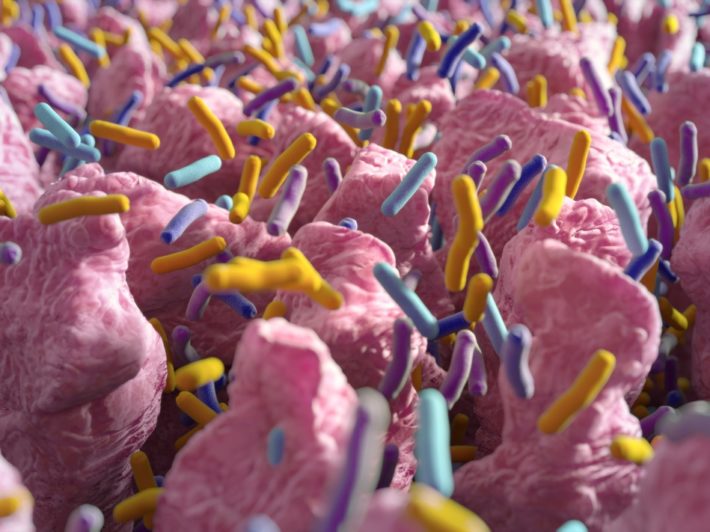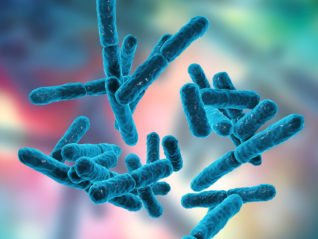
This Nutrition Masters Course on probiotics provides history, guidelines, reviews scientific studies on key probiotic strains, discusses mechanisms of action, multiple and single strains, as well as new research. The piece begins with a brief history of intestinal microbiome science, including pioneering researchers in the fields of microbiology and immunology. Next, the relationship between the microbiome and human health is explored, with a focus on the gut microbiota and factors that influence the composition or activity of gut bacteria. Criteria for defining and selecting a quality probiotic are presented per WHO/FAO guidelines. Specific probiotic strains (e.g. L. salivarius UCC118; B. animalis ssp lactis 420) and their benefits from the literature are detailed. The course includes a brief section evaluating the selection of including multiple strains as a combination probiotic. Finally, the last section hints at and explores new probiotic development and emerging areas of research on the microbiome’s impact on brain and other organs.




